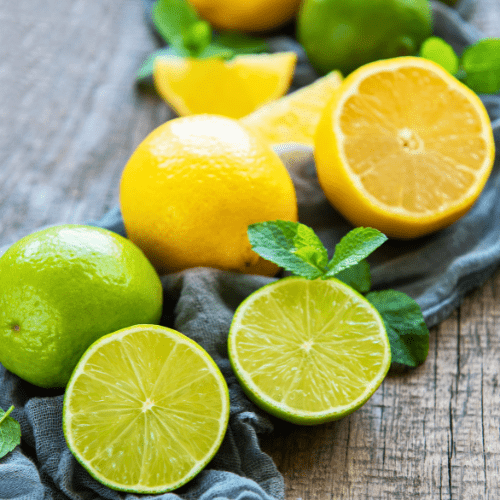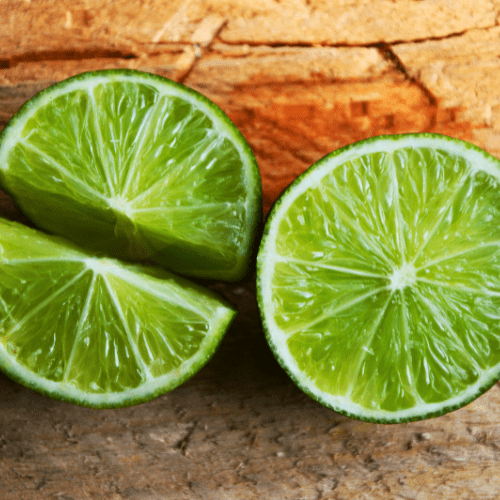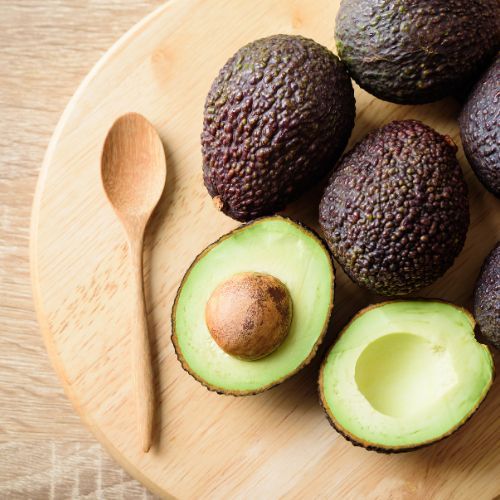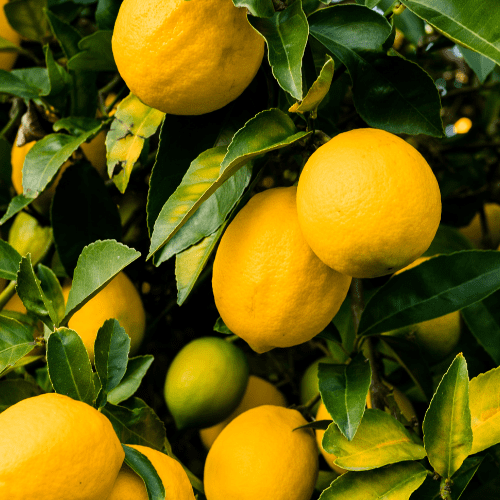Position:
Full sun in a spot that is sheltered from any cold snaps. Limes do not tolerate very cold temperatures well and will not thrive in places that dip to 10-degrees Celsius or below. If your garden is exposed to very cold conditions, plant your lime tree in a pot that can be moved indoors. Plant your dwarf tree with a space of about 2-3 metres from other trees.
Size:
The Dwarf Sweet Lime grows to a height of 1.5 – 2 metres. Our grafted dwarf tree should start fruiting 1-2 years after planting.
Soil Type:
Lime trees thrive in warm soil that is well-enriched with nutrients; whether it is in a pot or the garden. However, the soil needs to have excellent drainage, as any residual moisture will threaten the survival of your tree. Pack the soil firmly around the roots when planting. Air around the roots will be detrimental to your plant.
Mulch:
Citrus trees, in general, do well with an organic mulch that keeps the soil pH optimal and retains moisture. Mulch with 2 to 5 centimetres of pine bark mulch It’s best to replace the mulch each time, rather than turning it into the soil (as this may disturb or damage the roots).
Watering:
Water your lime tree frequently, every 7-10 days if it is in the ground and everyday if in a container. They do better with regular sprinklings than with a heavy soaking.
Fertilising:
The lime trees tend to feed quite heavily on the soil around them, depleting its natural nutrient content quickly. So, fertilise them regularly with a high-nitrogen fertiliser like our slow release berry fertiliser (used for all plants) apply one teaspoon every 4-5 months.
Pruning:
Lime trees are particularly easy to care for because they don’t require much in the way of pruning. However, for optimal condition, it’s wise to prune them at least once every year or two. This helps to prevent disease, strengthen the limbs and produce better, healthier fruits.
Harvesting:
Your lime tree will likely produce fruit during summer, but some produce all year round. Pick the delicious sweet limes when they are yellow orange in colour.
Pests & Disease:
Citrus trees are susceptible to aphids, red spider, and mildew. We recommend Effective Microorganisms to prevent the spread of these pests and diseases. It is organic and more affordable than most other products.






